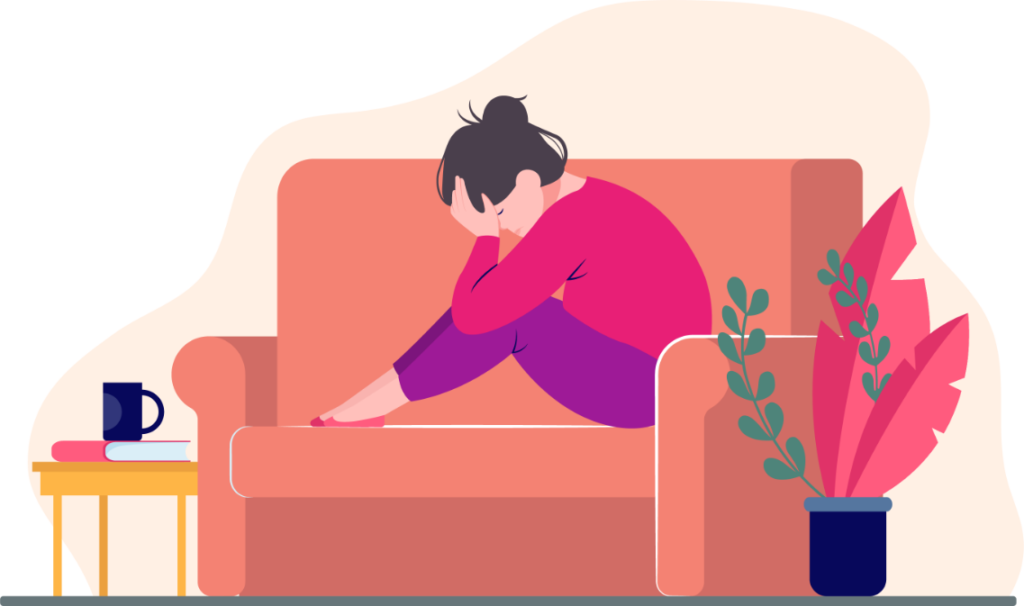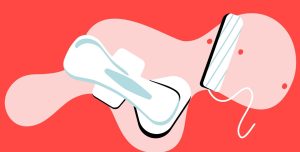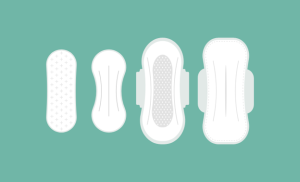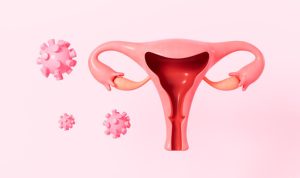Are you struggling with breast pain and don’t know what to do?
If so, you’re not alone. Breast pain can be incredibly uncomfortable and frustrating, but there are ways to help manage the discomfort.
In this blog post, we’ll provide you with helpful tips for managing breast pain and explain how you can use them to help alleviate your symptoms.
Read on to learn more and get helpful information and embrace womanhood!
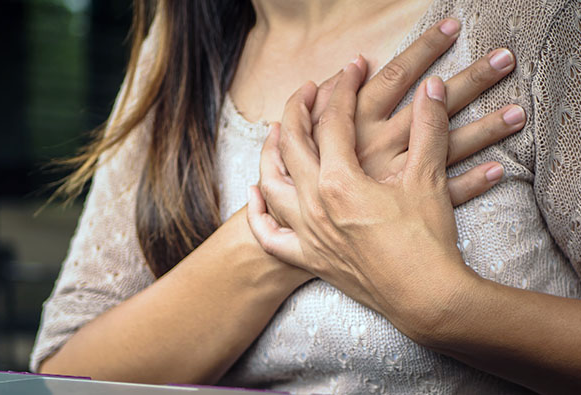
Is Breast Pain a Common Thing?
Breast discomfort, commonly known as mastalgia, is a frequent disorder, particularly among women aged 30 to 50. It affects around 70% of all women at some time in their lives.
You may occasionally get an intense breast discomfort that originates deep within your chest. This is known as chest wall pain.
What are the Causes of Breast Pain?
Many women experience breast pain at some point in their lives. While it’s not always serious, it can be quite uncomfortable and inconvenient.
There are many possible causes of breast pain, including hormonal changes, menstrual cycles, stress, poor nutrition, and alcohol consumption.
Your regular monthly cycle frequently produces cyclic breast pain, although noncyclic breast discomfort can also result from:
- Contraceptive tablets
- Pregnancy
- Infection
- Inflammation
- Treatments for infertility
- Hormonal treatment
- Radiation treatments before
- Antidepressants
- Breast tumors
- Fibroadenomas (non-cancerous lumps)
- Costochondritis (inflammation where your bones and cartilage connect in your rib cage)
- Heavier breasts
- Incision scars
- Breastfeeding
However, in some cases, it may be a sign of a more serious condition, such as breast cancer.
If you’re experiencing breast pain, it’s important to consult with your doctor to determine the cause and get appropriate treatment.
What are the Symptoms of Breast Pain?
Depending on whether you have cyclic or noncyclic breast pain, your symptoms will change. Your breasts may experience any of the following during cyclic breast pain:
- Tender/swollen
- Heavy
- Sore
Everyone’s level of pain can vary, and for some people, it may even spread to their armpits and shoulders.
On the other hand, Noncyclic breast discomfort has somewhat distinct symptoms, which are as follows:
- Your breast will only experience pain in one particular location
- A more intense, severe pain
- There was a scorching, stabbing feeling there
These noncyclic breast pain symptoms might last for a longer time or come and go over time.
Effective Tips to Manage Breast Pain
There are many things you can do to help manage the pain, including using a heating pad, taking ibuprofen, and avoiding caffeine and alcohol.
You may also follow these tips:
1. Wear the Right Bra
One of the best ways to manage breast pain is to make sure you’re wearing the right bra. You may need to try several different styles and sizes before finding the right fit. Your bra should be snug but not too tight, with no gaping or pinching at the sides or back.
If you’re pregnant or nursing, make sure your bras have ample support and adjustable straps so you can adjust them as needed throughout the day. If you are larger-breasted, look for bras with wide straps and a full-cup design.
In addition to this, avoid underwires when possible, as they can cause discomfort in some cases. When trying on bras, don’t forget to bend over to see how it fits. If it feels uncomfortable, keep looking until you find one that fits comfortably.
2. Apply Ice or Heat
Applying either ice or heat to the affected breast area can help alleviate some of the breast pain.
For the best results, you should apply either cold or hot packs for about 15 minutes at a time, up to three times a day. When using ice, be sure to wrap it in a thin cloth or towel before placing it on your skin, as direct contact with ice can damage the skin and increase inflammation.
On the other hand, when using heat, use a hot water bottle or heating pad on the lowest setting possible.
Using either ice or heat can reduce inflammation and relax the muscles, relieving tension and reducing pain. It’s important to remember that ice should be used for acute pain, while heat is better for chronic conditions.
Before using either ice or heat, always consult with your doctor or healthcare provider.
3. Wear a Compression Bandage
One of the best ways to manage breast pain is by wearing a compression bandage. A compression bandage is a piece of elastic material that wraps around the chest, providing support and reducing the movement of the breast tissue.
A compression bandage is frequently used in first aid as a component of the RICE (rest, ice, compression, and elevation) therapy, which limits blood flow in order to lessen pain and swelling.
Furthermore, this can be beneficial for reducing swelling and inflammation, as well as helping to keep the breasts in place. To wear a compression bandage, you should put it on snugly but not too tight. You should also make sure that the edges of the bandage overlap in order to provide the most effective support.
The bandage should be worn for a few hours at a time and can be changed throughout the day if needed. It is important to talk to your doctor or healthcare provider before wearing a compression bandage to ensure it is suitable for you.
Home Remedies to Relieve Breast Pain
There are a number of home remedies you can try to help relieve your breast pain. First, reduce your caffeine intake if you can, as the stimulant can make the pain worse.
If you have discomfort in your shoulders or back due to breast pain, be sure to practice good posture throughout the day. Additionally, avoid activities that involve heavy lifting or pulling because these can place strain on your chest area and increase the pain.
Finally, massage your breasts with a light circular motion three times a day for five minutes each time to help relax tight muscles and promote lymphatic drainage in the area.
Medication for Chronic Beast Pain
If you’re experiencing chronic or recurring breast pain, it’s important to consider medication as a possible treatment option. Nonsteroidal anti-inflammatory drugs (NSAIDs) like ibuprofen can help to reduce swelling and relieve painful symptoms. An over-the-counter topical cream containing menthol or capsaicin can also help to soothe discomfort and reduce inflammation. In some cases, your doctor may recommend a short course of oral steroids to counter more severe pain.
It’s important to note that these medications should only be used under the direction of your doctor to ensure that they are safe for your situation. They may also interact with other medications and supplements, so it’s best to talk to your doctor before starting any new medications.
Keep in mind that there are often lifestyle changes that you can make in addition to taking medication for breast pain, such as wearing comfortable bras and limiting caffeine intake.
When to Seek Medical Advice for Breast Pain?
If you’re experiencing breast pain that persists or worsens over time, it’s important to seek medical advice. While some causes of breast pain can be managed at home, other sources may require medical attention— especially if they are recurrent or severe.
It’s also a good idea to seek medical advice if your breast pain is accompanied by any other symptoms such as redness, swelling, lumps, or any signs of infection like fever or pus. Any sudden changes in your breasts should also be checked out by a doctor immediately.
Your doctor will be able to provide the best guidance on how to manage the pain and determine the underlying cause.

